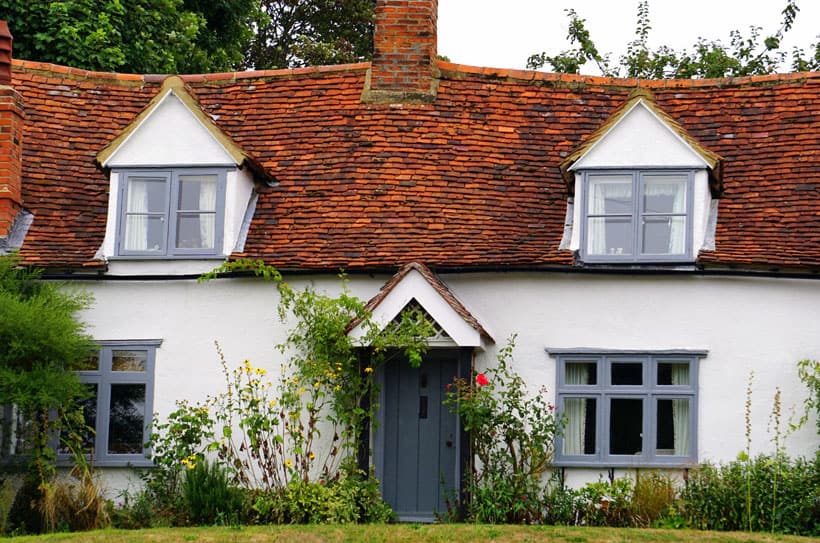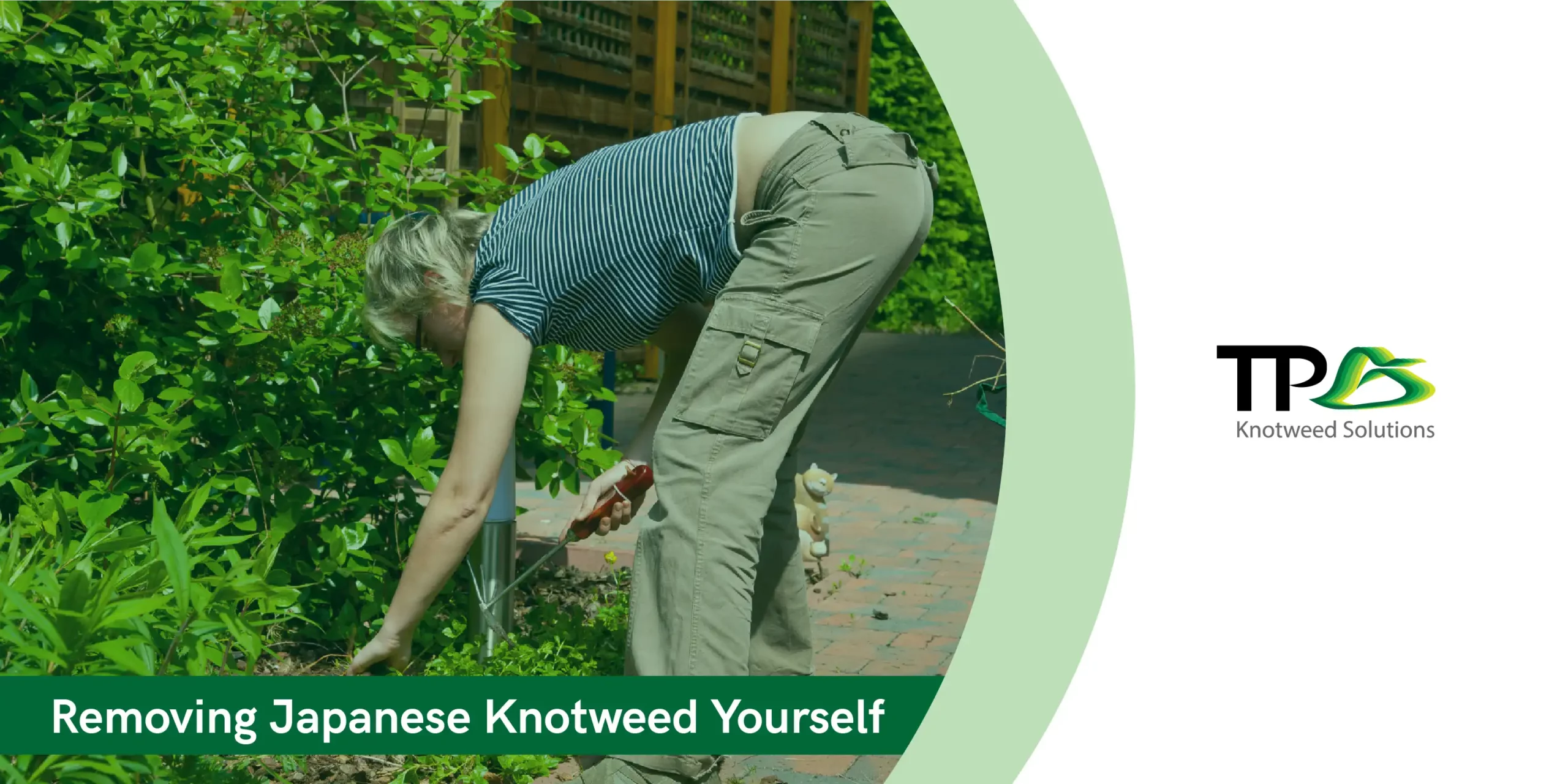The aggressive, unrelenting nature of Japanese knotweed has surprised many UK homeowners with its tenacity. However, mortgage lenders are not surprised. In fact, they are on the lookout for the invasive plants and many have determined that properties with the plant are not eligible for the same mortgages as properties without the fast-spreading species.
Japanese knotweed arrived in the UK on ships from Japan in the mid-19th century. The plant is now plainly visible along rail lines, highways and roads and in vacant lots. Unfortunately, the plant is now erupting in backyards and in gardens throughout the UK.
Water lines, concrete foundations, swimming pools and more seemingly impenetrable barriers have been compromised by this plant species when it is allowed to grow without challenge. It is tall and flowery with stems that resemble tough bamboo – Japanese knotweed looks innocent enough but appearances can be misleading.
Under terms of the 1981 Wildlife and Countryside Act, it is illegal to plant the knotweed in the UK. Under terms of the 1990 Environmental Protection Act, Japanese knotweed is classified as controlled waste which means only licensed landfills can handle the waste.
A Sweeping Invader
Japanese knotweed does not break into concrete foundation walls. Rather it seems to find small openings in water pipes, cracks in concrete walls or flaws in pool liners and once in begins to spread. Eventually, the pipes are clogged, the concrete walls are damaged further and the pool liner suffers wider and wider break as the pants surges ahead.
One potential treatment is to apply a glyphosate-based weedkiller but it will need to be applied by the vigilant homeowners at least three times a year for several years and even then has no guarantee of complete removal.
If you attempt to dig the roots out, it can be huge and thankless undertaking. The plant’s roots grow deep and fast. The chances are that without the proper tools and processes, you will not get the entire root. If you do embark on digging and wish dispose of the roots, take them to a licensed landfill. Never mix the roots with your regular household waste.
Understanding knotweed
Learn as much as possible about this plant. If you see it on your property, you are late to the game and need to act fast. Your garden, water pipes to and from the property, foundation and pool are all at risk. Japanese knotweed grows as rapidly as does grass.
If you apply glyphosate to the knotweed, be extremely careful. This substance kills any greenery it contacts. Experts say it can take three or four years on continuous treatments to eliminate the plant from your grounds and garden. Japanese knotweed is appearing in more gardens every year in the UK, and is considered a major problem for housing developers.
Roots can be found up to 7 or even 8 feet below the ground, and the really awkward aspect of knotweed is that every scrap of that elongated stem which is left behind in the ground can start to spread and grow immediately.
How Serious is the Problem?
Recently DEFRA estimated that it would cost about £1.56 billion to remove the plant on a national basis. DEFRA has invested in scientific research to control the spread but this “is not a one-off treatment.” The process would need to be repeated for four or five years to achieve significant results.
If you are at all concerned about the appearance of Japanese knotweed anywhere on your property, get in touch with TP knotweed today by calling 0800 389 1911. You can also contact us online.




